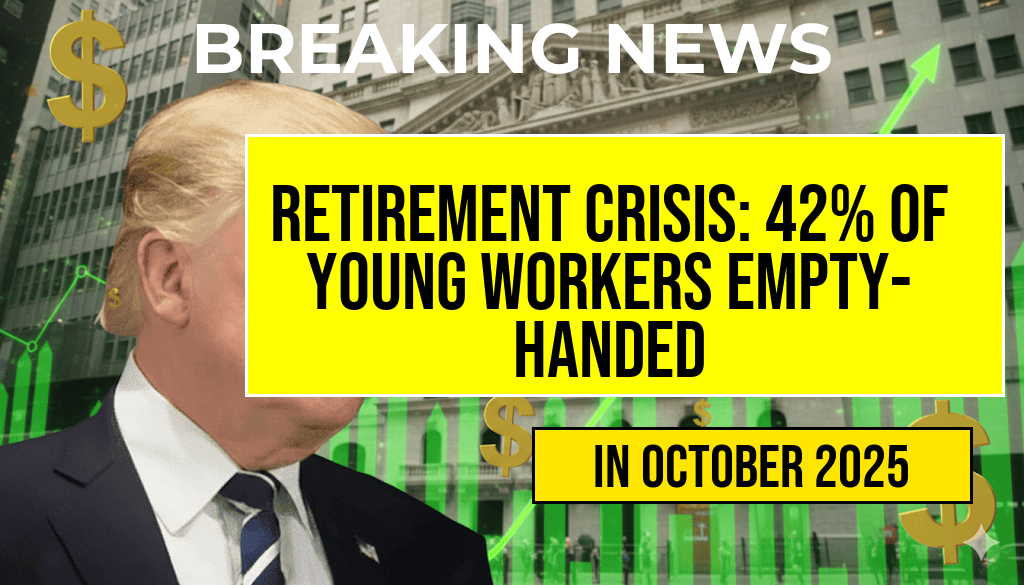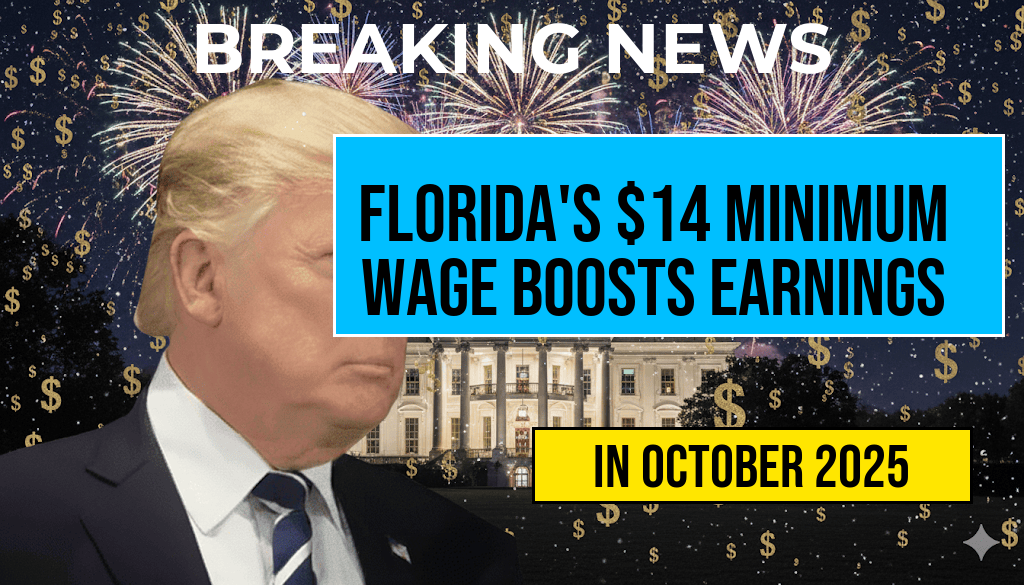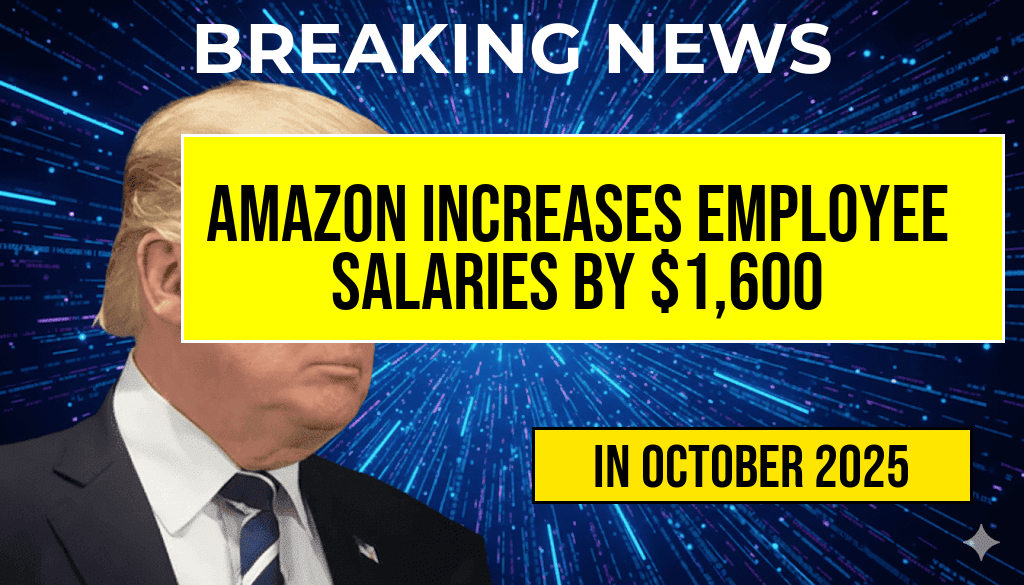Former President Donald Trump has reignited debate within the financial community by proposing a controversial shift in retirement investment options. He advocates for allowing high-risk cryptocurrencies to be included as investment choices within 401(k) retirement plans, a move that could dramatically alter the landscape of American retirement savings. Trump’s proposal aims to diversify investment portfolios by offering exposure to digital assets often characterized by extreme volatility and speculative potential. While supporters argue this could open new avenues for growth, critics warn it could expose millions of Americans to significant financial risks. The push comes amid ongoing discussions about modernizing retirement savings strategies and responding to the increasing popularity of cryptocurrencies among younger investors.
Background on Cryptocurrency Inclusion in Retirement Plans
The idea of integrating cryptocurrencies into traditional retirement plans is not entirely new, yet it remains largely unimplemented at a broad scale. Currently, most 401(k) plans predominantly offer stocks, bonds, and mutual funds, with only a handful of providers experimenting with alternative assets. The primary barrier has been regulatory uncertainty, concerns about volatility, and the complexity of managing digital assets within a regulated retirement framework.
Proponents argue that introducing cryptocurrencies could provide diversification benefits and potentially higher returns, especially as digital assets gain mainstream acceptance. However, skeptics point to the high volatility and the lack of comprehensive regulatory protections as significant downsides. The debate has intensified as some financial firms and advocacy groups push for more flexible investment options, citing the changing preferences of younger investors who view cryptocurrencies as a legitimate asset class.
Trump’s Position and Rationale
In recent statements, Trump emphasized that allowing high-risk crypto investments in retirement plans could empower Americans to take advantage of emerging financial opportunities. He noted that many younger workers are already investing in digital currencies outside of their retirement accounts, often with considerable success. Trump suggested that a more open approach could help bridge the gap between traditional investment strategies and innovative financial instruments.
| Benefits | Risks |
|---|---|
| Increased diversification | Extreme volatility leading to potential losses |
| Exposure to high-growth assets | Limited regulatory protections |
| Engagement of younger investors | Complex management and oversight challenges |
| Potential for high returns | Market manipulation and security concerns |
His proposal involves creating a new class of investment options within 401(k) plans that would allow participants to allocate a portion of their retirement savings to cryptocurrencies such as Bitcoin and Ethereum. Trump advocates for a balanced approach, suggesting that a small percentage—initially around 5%—be dedicated to digital assets to mitigate risk while exploring potential benefits.
Industry and Regulatory Reactions
The proposal has sparked a mixed response from industry stakeholders. Financial advisors and retirement plan providers are cautious, citing the inherent risks and the current lack of regulatory clarity. Some firms have voiced concerns about the fiduciary responsibilities involved in offering such high-risk options, emphasizing the importance of investor education and safeguards.
On the regulatory front, agencies such as the Securities and Exchange Commission (SEC) and the Department of Labor continue to scrutinize the role of cryptocurrencies in investment portfolios. The Department of Labor, in particular, has emphasized the importance of protecting retirement savers from high-risk investments that could jeopardize their financial security.
Meanwhile, advocacy groups and cryptocurrency firms have expressed support for increased access, arguing it aligns with broader efforts to modernize financial regulations and foster innovation. Some speculate that this could lead to new legislative proposals aimed at clarifying the legal framework for digital assets within retirement plans.
Potential Impacts and Future Outlook
If implemented, allowing high-risk crypto investments in 401(k) plans could reshape retirement savings strategies across the country. It may attract a new generation of investors eager to participate in the burgeoning digital economy but also raises questions about safeguarding retirement security.
Experts warn that while the inclusion of cryptocurrencies might offer growth opportunities, it should be approached with caution. The volatility characteristic of digital assets means that participants could see significant fluctuations in their account balances, especially during turbulent market periods.
As discussions continue, policymakers and industry leaders will need to strike a balance between fostering innovation and protecting investors. The debate over crypto’s role in retirement plans remains dynamic, reflecting wider conversations about the future of finance and the evolving landscape of investment options in the digital age.
Frequently Asked Questions
What is the main proposal in Trump’s recent advocacy regarding 401(k) plans?
Trump is advocating for the inclusion of high-risk crypto investments in new 401(k) retirement plans, allowing participants to diversify their retirement savings with cryptocurrencies.
Why does Trump believe including crypto in 401(k) plans is beneficial?
He argues that incorporating cryptocurrencies can provide higher growth potential and offer diversification options for retirement portfolios, potentially increasing long-term returns.
What are the potential risks associated with including high-risk crypto investments in 401(k) plans?
The main risks include market volatility, lack of regulation, and the possibility of significant losses, which could negatively impact individuals’ retirement savings.
How might this proposal impact retirement investors and the retirement industry?
This proposal could lead to a paradigm shift in retirement investing, encouraging more innovative investment options, but also raising concerns about financial literacy and risk management.
What are the next steps or considerations before crypto can be included in 401(k) plans?
Regulatory agencies and plan administrators need to evaluate legal and compliance issues, develop guidelines for safe inclusion, and ensure participant education on the risks involved.





